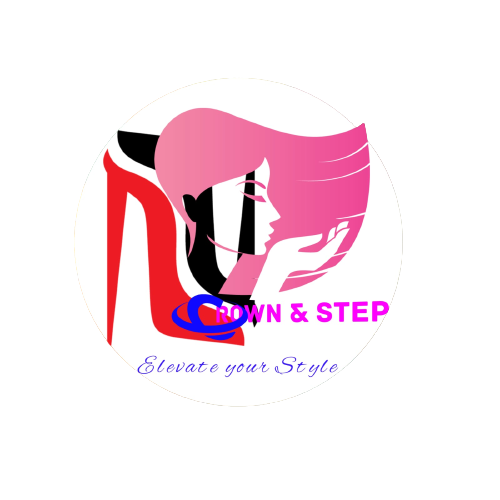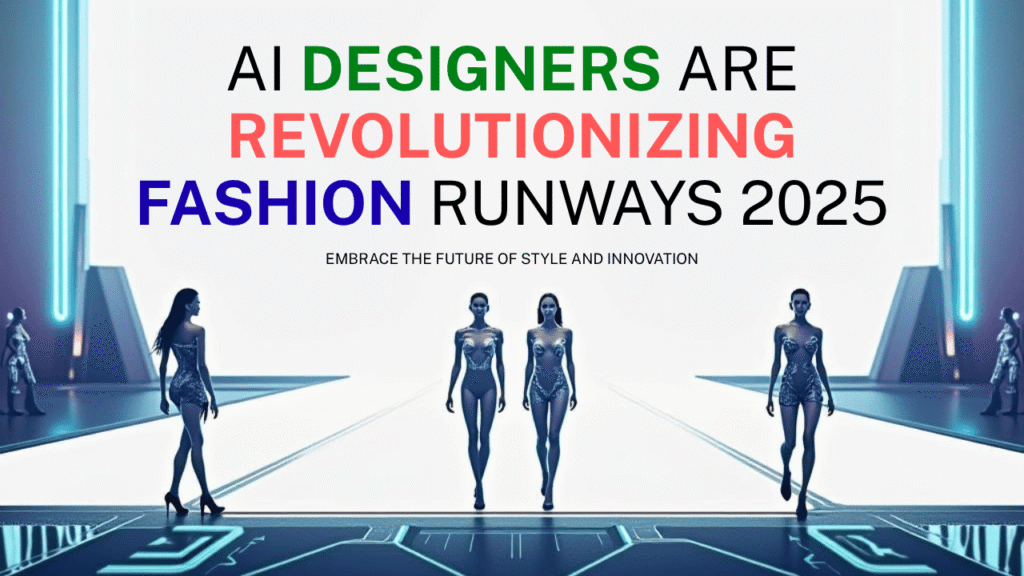Fashion is no longer just about fabrics, cuts, or seasonal colors. In 2025, it’s as much about algorithms, data, and digital experiences. The rise of AI in fashion is transforming every link in the chain—from design and manufacturing to marketing and shopping. Let’s break it down and see how the future of fashion is being coded.
📈 A Fast-Growing Market: AI Meets Style
The AI in fashion market is booming.
In 2024, it was valued around USD 1.26 billion, and it’s projected to grow to USD 1.75–1.77 billion in 2025, reflecting a ~39% compound annual growth rate (CAGR). The Business Research Company+1
By 2033–2034, forecasts place the market at $4 to $6+ billion, depending on which report you consult. Business Research Insights+2Market Research Future+2
All that growth means AI is becoming central—not auxiliary—to fashion’s future.
🎨 From Inspiration to Sketch: AI as Creative Partner
One of the most exciting shifts is how AI is entering the creative process:
-
Designers now use generative AI tools to draft patterns, prints, and fabric simulations based on brief inputs (style, color palette, silhouette). SG Analytics+1
-
AI helps reduce the cost and time of prototyping, meaning fewer physical samples and less waste. McKinsey & Company
-
Up to 25% of AI’s potential in fashion is expected to come from creative augmentation—letting human designers and machines co-create rather than compete. McKinsey & Company
This doesn’t replace human designers—it amplifies ideas and accelerates iteration.
👗 Smarter Sizing, Fit & Virtual Try-Ons
One of the consumer-facing revolutions: the ability to virtually try on garments, get custom size recommendations, and see how clothes look on your body—before you order.
-
Virtual fitting rooms reduce returns and increase purchase confidence.
-
AI image recognition maps your body shape, posture, and preferences to suggest the best fit.
-
Some brands are now offering “fit-to-order” models, where items are made specifically for your size, reducing overproduction.
Consumers now expect this level of tech-savvy service.
🔄 Supply Chain & Inventory Optimization
Behind the scenes, AI is helping brands make smarter, leaner decisions:
-
Predictive analytics forecasts demand per region, per size, per time.
-
Brands can reduce overstock and markdowns by aligning supply with real-time data.
-
AI-driven logistics streamline material sourcing, factory scheduling, and even delivery routes.
In other words: produce what’s needed, when it’s needed. Less waste, more profit.
🧠 Personalization & Style Discovery
Personalization is no longer optional—it’s baseline expectation.
-
AI recommends outfits, complete looks, or even individual items based on your past behavior, style preferences, and real-time trends.
-
Chatbots and virtual stylists guide shoppers through choices (“Wear this with that.”)
-
Some apps let you upload a photo and get AI-generated outfit suggestions or edits.
These tools make fashion discovery feel bespoke.
⚖️ Challenges & Ethical Questions
With so much buzz, there are still serious pitfalls:
-
Only ~25% of AI initiatives in fashion deliver measurable return on investment (ROI). LinkedIn
-
Data privacy, bias in design (especially around bodies or representation), and AI overreach are ongoing concerns.
-
Some brands risk losing their unique voice if they lean too hard on AI templates.
So, the future is part human, part machine—and we must keep asking: For whom is AI designing?
🌿 Sustainability & AI
AI also holds promise in making fashion greener:
-
Less waste via demand forecasting
-
Material innovation—AI can suggest sustainable fabrics, composites, or waste-to-fiber conversions
-
Circular systems: AI can power resale, upcycling, and predictive regeneration
If fashion wants to survive, it must become regenerative—and AI is one of the tools that can help.
✅ How Brands (Including Yours) Can Stay Ahead
-
Adopt small AI tools (trend prediction, visual search) before diving fully in
-
Use AI to test new styles with low risk
-
Blend AI with your brand voice and human sensibility
-
Focus on transparency—explain how AI is used to customers
-
Explore Crown & Step’s future lines with AI-enhanced design or style assistance
✨ Final Thoughts
AI isn’t destroying creativity—it’s evolving it. In 2025, fashion is becoming a blend of data and dreams. For brands and creators, the key is to use AI as a tool, not a crutch. When you combine human heart with machine sharpened ideas, you get something uniquely powerful: fashion that looks good, feels thoughtful, and performs smartly.

